Xiaomi Cinema 2 VS Epson LS500W
I think you already know my opinion on Laser UST projectors. I believe that this particular category is the present and the future of video projection and this is something that the companies have already understood before all of us and they presenting one model after another the last year.
Xiaomi together with Appotronics can rightfully be considered the leaders manufacturers of this category since they essentially “reinvented” UST projectors for home cinema use back in the not-so-distant 2018.
The question is, could the company that owns close to 50% of the global projector market stay out of the game? Of course not, and i am talking of course about Epson which released the LS500 series in order to catch up the home cinema UST train.
Let me point out that here, ladies and gentlemen, we don’t just have a fight between two leading companies and their two leading models, here we have the ultimate battle between two technologies that have been clashing for more than 10 years now. Of course I am referring to the DLP and LCD technologies which, as everything shows, will continue to compete in this relatively new category.
But let’s go straight to the grill by presenting the two gladiators of our today’s battle…
Xiaomi Cinema 2
The Cinema 2 is the successor to the highly successful Mi 4K laser projector first introduced in 2019 (it also underwent a refresh at the end of 2020 with its improved Mi 4K Laser projector 1S version).
It is a brand new model compared to its predecessor, everything about it has been redesigned and built from scratch. Its laser optical engine is the latest version of the hybrid Appotronics 3.0 (ALPD RB +) with increased brightness, addition of a red laser diode as well as a redesigned/more efficient cooling system.
This total redesign gave Cinema 2 considerably larger dimensions than its predecessor, characteristically I can say that from 41cm width it hopefully reached 54!

This sticker gives us information about the wavelength of the green laser…
Ports include 3 x HDMI 2.0b, 2 x USB 2.0, 2 audio output ports, one of them is a digital SPDIF and finally a LAN port.
The old cooling system of the previous model
The new cooling system of Cinema 2
Among its features, Xiaomi announces brightness of 2,400 Ansi lumens and standard contrast of 3,000:1
Also, the lifetime of the Laser optical engine can reach up to 25,000 hours of operation.
At the heart of Cinema 2 we find the well-known 0.47” DMD Chip which, with the help of the Swiss Optotune XPR system, delivers the coveted 3840X2160 pixels of UHD resolution.
Its operating system is the well-known MIUI TV FengOS based on Android 9.0 and runs from a powerful 64-bit MediaTek MT9669 processor with 3GB of ram memory and 32GB of storage space.
[spacer height=”20px”]
But let’s move on to see briefly the second fighter
Epson LS500W
The LS500 follows a completely different design path, something I confess I have never seen before in a UST projector. I am talking of course about its fish eye lens that protrudes at the top and which gives the projector a unique look, a Cyclops look.
On the front, another design feature is the removable net that reveals the speakers, the function keys and the manual focus adjustment bracket (in Xiaomi this can be done electrically from the menu)
Among the “disadvantages” of LCD technology is the easy accumulation of dust inside the optical block, on the panels and this can affect of course the performance of the projector over the time.
The LS500 has a sealed cooling system to avoid direct communication of the panels with the environment and at its entrance there is a fairly large detachable hepa filter that makes sure that not even a grain of dust gets inside.
From ports we find 3 X HDMI 2.0b (the third one will be seen below since it is “hidden”), 1 x USB 2.0, 1 X LAN network port and one RS-232 port for all use. There is also a micro USB for any software upgrade.
If we look closely at the box we find the “Android TV edition” logo and what the company means is exactly what you see in the photo below. A mini android box that comes with its own remote control and comes with Android 10 pre-installed.
There is a special place for this Android mini box and it is revealed once we open a black plastic cover at front side of projector. There we will find the third HDMI 2.0b as well as a USB 2.0 with the ability to provide up to 2A power to power up the android box.
With these and with that, there are two remote controls that the LS500 user should manage. One for the projector so that it can be operated and controlled and one for the android mini box in order to manage the projection content. Although at some point I found that after you set up the android box, you can manage everything only from the one remote control, cool.
Something that struck me is the many “nerves” and the many places for screws ατ the bottom of LS500 and I took a picture to show to you. I’m guessing it has to do with some special Epson mount that can be screwed there somehow.
In the characteristics of the projector, Espon announces brightness from 1200 to 4000 Ansi Lumens (depending on how you have set the Laser power) and contrast 2,500,000 : 1 (Epson only announces the dynamic contrast)
It naturally has a hybrid Laser light source with blue Laser diodes and a phosphor wheel (the red Laser diode found in Xiaomi is missing here) with a lifespan according to Epson of 20,000 hours in ECO mode.
The panels of the LS500 are the 0.62′ C2 Fine which I am not at all familiar with personally since its smaller Epson models have the 0.61″ and its larger models the 0.74″. Some ¨special¨ panel for the LS500 I guess or just a typographical error in the specs, it doesn´t matter.
The positive thing is that the projector has Epson’s Pixels movement system and can deliver UHD resolution 3840×2160 on our screen.
[spacer height=”20px”]
After this small but necessary presentation of the models, let’s move on to the comparison, which is what you all expect I guess by reading the title of the article, don’t you?.
..and let the fight begin
Build Quality
The two models are close both in weight (~9Kg) and in dimensions, with the LS500 being more square I would say.
The build quality of both seems quite good with Xiaomi clearly winning in terms of plastic quality and assembly from the first look.
What can I say, on the LS500 its chassis screws look like those classic ones you’ll buy at the neighborhood tool store, while on the Xiaomi you can’t tell if this projector uses screws, everything is hidden on it.
The plastics also look a lot better on the Xiaomi and their texture gives off a plush touch of luxury.
In Epson, on the contrary, we find this classic “dry” poor quality ABS plastic that will creak and bend if pressed. In general, if someone does not know the price range of the two models, they will perhaps consider simply that Xiaomi belongs to a higher price category for sure, but it does not.
So we have a clear winner here
Xiaomi-Epson : 1-0
Remote control
Hello Epson, hello Epson! Is it possible in your last generation home cinema laser projector to obligate the user to search every time for the infrared hot spot in order to operate his projector?In 2022??Really now?
As you already understood, the two models use completely different technology in their remote controls.
Xiaomi remote control is using the bluetooth technology and works perfectly at any angle and wherever you are in the room but Epson insists on the classic infrared which really strains the user a lot with the limited angle he has to hold it in relation to the projector to give the commands.
Also, the Epson one has a strange delay that almost confuses you and without realizing it you have found yourself elsewhere in the menu by pressing the buttons 2 and 3 times.
As far as the build quality of the remote controls is concerned, here too Xiaomi without having changed anything compared to the previous model, shows the way.
Small, simple, with hard keys with excellent rebound feedback almost clicky that you understand what you have pressed and if it has been pressed correctly. Also, the projector instantly listens to the commands, so you can very quickly navigate through even the most obscure menus without getting resentful as in the case of the Epson.
Epson’s remote control has unfortunately remained in the old stereotypes with small porous rubber buttons that get dirty easily and also do not give you good operation feedback, you have to guess if you finally pressed the button you wanted to. Add to the equation the response delay I was telling you about and it will tie the cake. During the settings I squealed!
So here we have a clear winner too!
Xiaomi-Epson : 2-0
Measurements
I said to get you straight into the deep end, so let’s sees what the measurements gave us on the two gladiators. Let me make it clear that i took the brightness and on/off contrast measurements were on the projector lens, while the gray scale and color measurements directly from the screen.
[spacer height=”20px”]
Xiaomi
Brightness out of the box 2,503 Ansi lumens
Brightness calibrated 2.132 Ansi lumens
on/off contrast 3.254:1
The Xiaomi out of the box grey scale is not so bad with an average white temperature of 7268 Kelvin and a red dip that at high IREs gets bigger and bigger. The Gamma curve also appears with two peaks with the one at 30IRE doing the most damage to our image.
Surprisingly the average Gamma value is kept at a fairly good value (2.38) which makes the projector watchable enough out of the box.
Here after a few adjustments the performance of the Xiaomi really transformed.
If we ignore the completely insignificant end result in our image 90 and 100IRE which are quite out of spec, I’d say the rest of the scale was normalized and white temperature and Gamma sat in their correct distances.
In terms of color, Xiaomi doesn’t claim laurels, but you can’t call it bad either.
Its triangle expanded with the three primary colors having correct hues and saturations except ofthe blue which is slightly compressed upwards as we seen in the diagram.
In the secondary colors there are some hues deviations but not something that could harm our picture quality.
Unfortunately, due to the lack of a CMS slider, no color correction can be done here.
Epson
Brightness out of the box 3,536 Ansi lumens
Brightness calibrated 1,924 Ansi lumens
on/off contrast 903:1
Epson’s grayscale graph out of the box is a drama. The Gamma curve already from 30IRE and above plunges into chaos and tends to disappear in darkness.
Also, with a white temperature of 7,450 Kelvin, our image begins to become dangerously unwatchable, I would say.
It took me quite some time to get the result you will see below.
The de2000 dropped to 1.5 , the white scale temperature was balanced at 6,542 Kelvin and the Gamma curve was heavily corrected giving us an average value of 2.1, not bad at all.
To achieve this result the only way was to reduce the Laser power to 70% unfortunately.
In LS500, when the power of the Laser rises above 70%, then the blue is thrown out and it is impossible to adjust it from the menu.
So if you want to see a decent picture with the LS500, forget about 3 and 3,500 Ansi lumens. You will inevitably fall below 2,000 ANSI lumens. Not that these are not enough i would say… don’t get me wrong…
In terms of color, the Epson is… OK. Small deviations in saturation and hue of green, red and magenta are easily corrected through the full CMS menu.
Here I will give it a tie even though Xiaomi is much closer to the numbers given by the company, so we have Xiaomi – Epson : 3-1
Picture Clarity/Focus
Here I will start with Epson and the problems I encountered. I basically can’t believe that Epson release a projector into production with such serious lens problems. The color aberration on the LS500 is unreal.
The LS500’s extreme light throw angle and the fish eye lens trying to managed 3 LCD panels creates a refraction of red and blue hues at the top border of the projected content to an extent that is visible even from the viewing distance.
Destruction..
This phenomenon makes any text look blurry and is annoying even when trying to read just the menu. I should point out that this phenomenon of color aberration cannot be corrected even from the Panel Alignment menu that adjusts the convergence of the panels.
What can i say…
Here in this picture maybe the problem I describe to you will be more understandable…
Xiaomi as a single-chip DLP and with an excellent optical system from appotronics does not face any similar problems, it just shaves. The photos below speak for themselves.
Epson LS500
Xiaomi Cinema 2
In the upper part of the image, which due to an even greater angle compared to the lens is also considered the wicking point in UST projectors, things are even worse in Epson. Here in relation to Xiaomi…
Epson LS500
Xiaomi cinema 2
In terms of focus, here too, Epson loses out to Xiaomi, since the Cinema 2 easily and very simply cleans the image we project with its electric lens, while Epson is unable to focus the entire image.
So you have to choose a middle solution so that there is uniformity at least and you don’t have only half the image out of focus or in focus. Also, the small bracket that you manually adjust the focus on the Epson has a strange feel that does not allow for easy focus fine-tuning, making the things worst.
The only way to trick your eyes and make the Epson look sharper is to turn all the way up sharpness, specifically a general slider called image present mode, and in its last position it turns on several individual projector sharpness sliders greatly improving the blurry image problem .
And here we have a clear winner, Cinema 2 of course.
Xiaomi-Epson : 4-1
Menu
Here i have to say that the two companies seems to have two completely different approaches.
Xiaomi has a very nice graphical interface for its menu that makes it quite easy for the novice user but disappoints the advance. The image sliders have a different “Chinese” philosophy that I personally can’t get used to.
We could divide the Xiaomi menus into two parts. In the main menu that we access when we are not viewing content
and the in image menu that is presented and gives us setting options as we watch content
In any case, everything works correctly as far as the image sliders are concerned and not only, with the only black point being the lack of a CMS menu.
At Espon we now find the classic menu that the company has supplied all its home cinema models for the last 10 years.
Asking if I like the LS500’s menu sounds dangerously like asking a married man for 20 years if he’s in love with his wife. He’ll hesitate for a moment to answer you, i think you got the point.
Of course, if you overcome the fact of aesthetics, I bow to everything else. We’re talking about a menu that gives the ability to the user to make what ever adjust he will ever need. Whatever you imagine in terms of image adjustment, you can have it in Epson as long as you spend enough time to familiarize yourself with the terminology you will encounter and understand what each slider does exactly.
I will give it to Epson here, so the score is settled
Xiaomi-Epson : 4-2
Operation Noise
Xiaomi Cinema 2 is the quietest home cinema UST projector I have tested. The new combination of the cooling system and the larger chassis delivered the maximum. Even after 5 hours of continuous operation I didn’t hear it rev up or make more noise, well done Xiaomi.
The Epson, on the other hand, with Laser power setting at 100% acts like a Boeing ready to take off. Have you ever heard the fans of the first generation Playstation 4 that after 3-4 years of infinite dust in front of the TV you try to put the last game with the super heavy graphics to load? Do you get what I mean?
The measurement is taken with the Laser at 70% …so imagine what happens in a typical living room if you have an LS500 and put laser power at 100%, Simply you can not watch your movie. The noise of the fans is so annoying…
And here Cinema 2 is the clear winner for sure
Xiaomi-Espon : 5-2
Performance
Here, if you carefully read the previous lines, you already know who the winner is i suppose, but let’s analyze it a little deeper..
First of all let me say that the projectors were set up in parallel on 2 Vividstorm 120″ screens and played 4K material through android media boxes. The LS500 has a slightly higher throw ratio than the Cinema 2 (0.27 instead of 0.23) and to get those 120 inches it needs to be placed about 15cm further back.This as a footnote but if you want my personal opinion is a big drawback and makes it quite difficult to fit it on a UST cabinet or a TV furniture.
Xiaomi’s quadruple on/off contrast and incomparably better sharpness give it a huge lead over Epson in terms of the final image quality.
I will only show you an over exposed photo so that you can understand for yourself how big their difference is in terms of contrast and of course on black level. Pay attention to the black bars above and below the image and you will see what i mean.
(What Epson constantly announces in its models the fictitious “dynamic” contrast with prices of something millions that we will never see on our screen should stop, I think, it only embarrasses the company now. Trying to mislead your prospective buyers with fake specs it is bad policy i believe).
Epson on the right and Xiaomi on the left
Somewhere here we should mention that Xiaomi is Dolby Vision certified and can perform on corresponding materials simply excellent. Notice how well the Xiaomi performs in Dolby Vision compared to the Epson.
Dolby Vision – Epson on the right Xiaomi on the left
In good UHD material, Xiaomi shows its teeth immediately, but strangely enough, and despite the many problems I described above, Epson follows at a relatively close distance. A clean high bitrate UHD clip makes even average projectors shine!
What bothered me about the Epson and I have to mention it is that even though I had calibrated is quite well i think, as soon as I gave it some HDR 4K clips to play it seemed to completely ignore the settings I had made and go back to some default 4K mode where it zeroed out everything. I could clearly see this since the projector playing 4K was directly blurring and turning green like before the adjustment. On 1080p footage though it seemed to hold the settings and the image was balanced exactly as I had set it.
This was not the case with the Xiaomi, and after the adjustment the image it produced for all the 4K HDR clips I fed it was very balanced and with correct grey scale temperature. What can I say, maybe some bug in the LS500 that will be fixed with a software upgrade in the future? The truth is that I didn’t even look at Epson’s official site to see if it has announced anything about it…
Xiaomi also has frame interpolation that works EXCELLENT. By activating it in its lowest position, the movement at 24Hz becomes smooth and the sharpness soars. Epson unfortunately does not have something similar and it will play the 24Hz with the well known motion judder
I won’t bore you any more with the performance of the two gladiators cause I have prepared a nice video for you so you come to your own conclusions.

Xiaomi is clearly the winner here too for me…
Xiaomi-Epson : 6-2
Build in Sound
Here we find perhaps the most chaotic difference between the two models. Xiaomi has an excellent sound system consisting of 2 speakers, 2 tweeters and 2 woofers that deliver excellent sound. It can handle DTS and Dolby Atmos and of course it can be used comfortably as the only sound system in our home cinema. Epson on the other hand has installed 2 X 10W speakers in the LS500 which performance is absolutely disappointing. Just to o give you a measure of comparison a JBL GO produces MUCH richer and louder sound than the LS500. A big disappointment because the price of the LS500 does not in any way justify such preliminary work on the sound part of the projector that i must say it is an important part of the UST projectors due to close placement in the screen.
I have also prepared a video for you where the sound is captured by 2 Rode GO II microphones at a distance of 30 cm from the projectors. What you will hear is exactly what was recorded by the microphones

Xiaomi is clearly the winner here too
Xiaomi-Epson : 7-2
Conclusion
I can’t hide it but the LS500 completely disappointed me. There is absolutely no way I would recommend it to anyone interested to buy a UST system and build his own home cinema, especially at the price is asking for. Epson rushed for me. It brought a model to the market to compete the Chinese UST blaze in this category without being ready I think. This is my conclusion because it’s the first time I’ve test such a bad Epson projector, and I can’t believe that the company has simply dropped its standards so much.
On the other hand, Xiaomi with the Cinema 2 gives the user exactly what he expected, the worthy replacement of its very valuable previous model. Excellent UHD picture and sound and enviable build quality. If in the future it also improves the software, which I consider to be the only black point that needs improvement, then we will be talking about the ultimate UST Laser projector.
I think that the winner of this comparison deserves an exclusive video/tribute .
Santorini and Cinema 2 ladies and gentlemen….enjoy!

Stay safe and enjoy your personal home cinema!
Nikos Tsolas



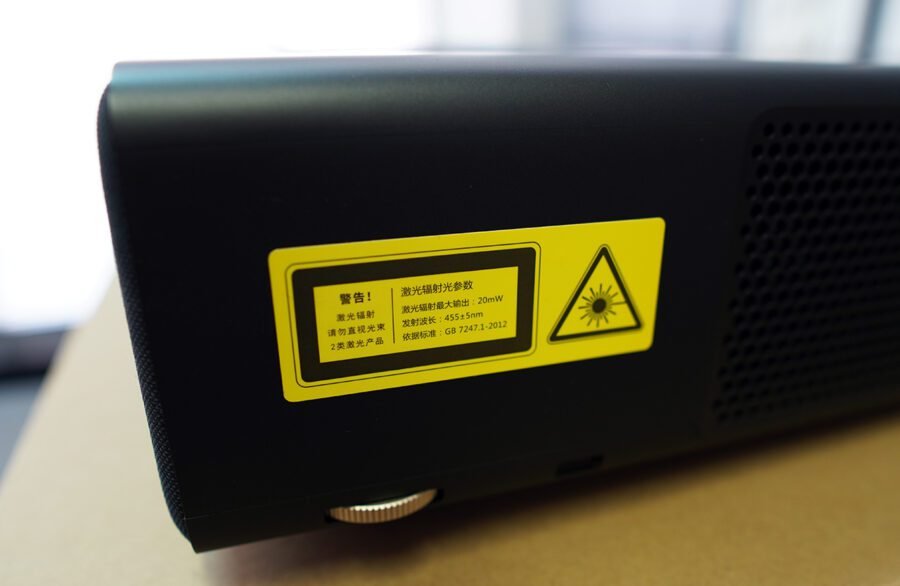


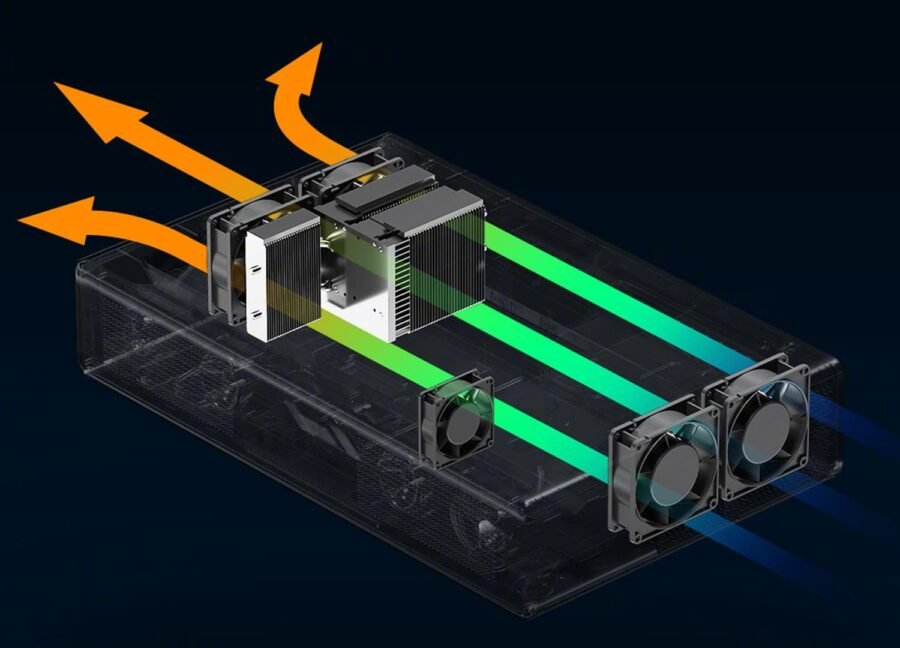

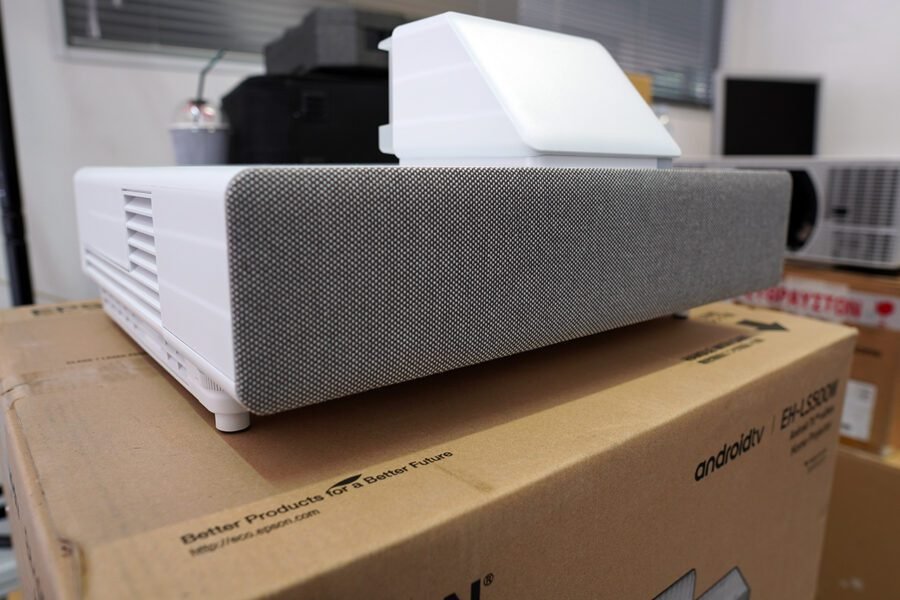



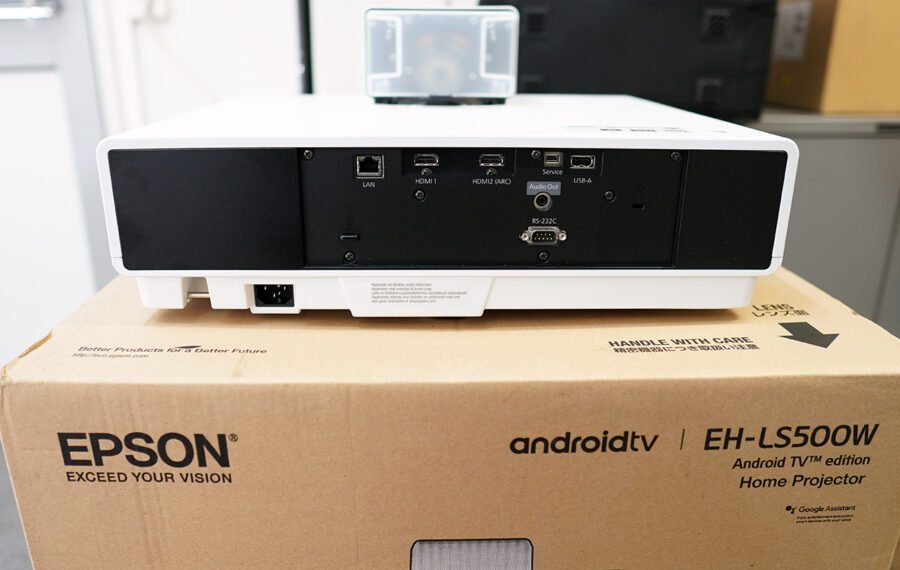

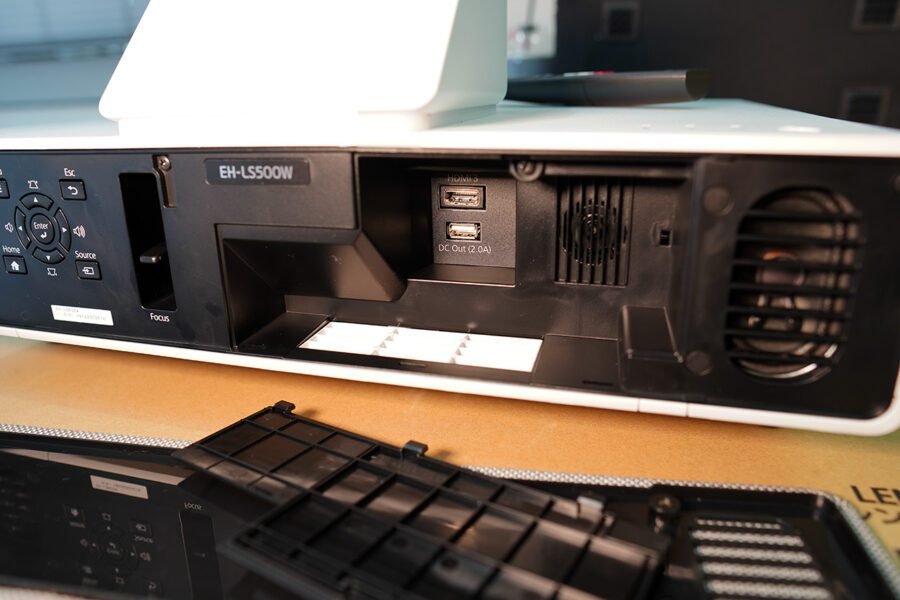

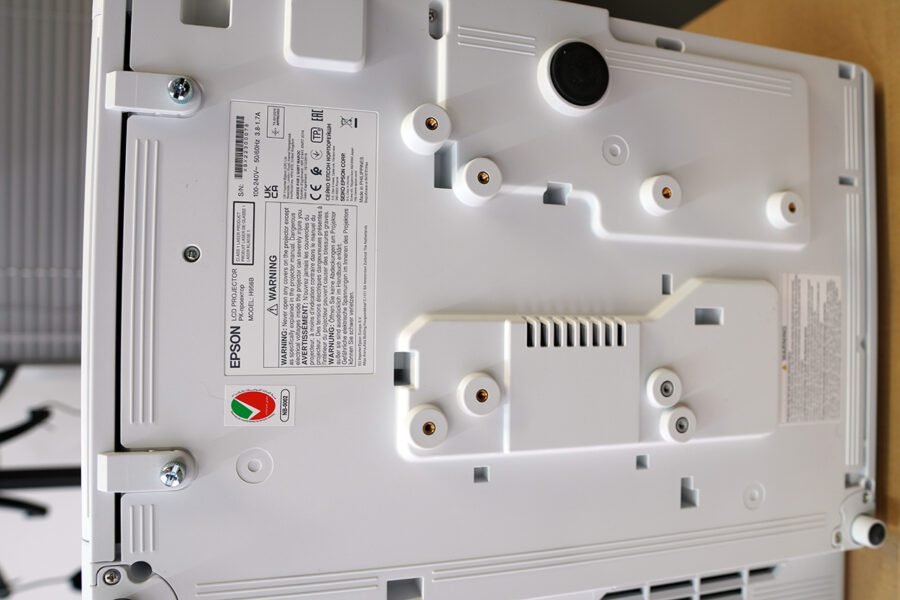







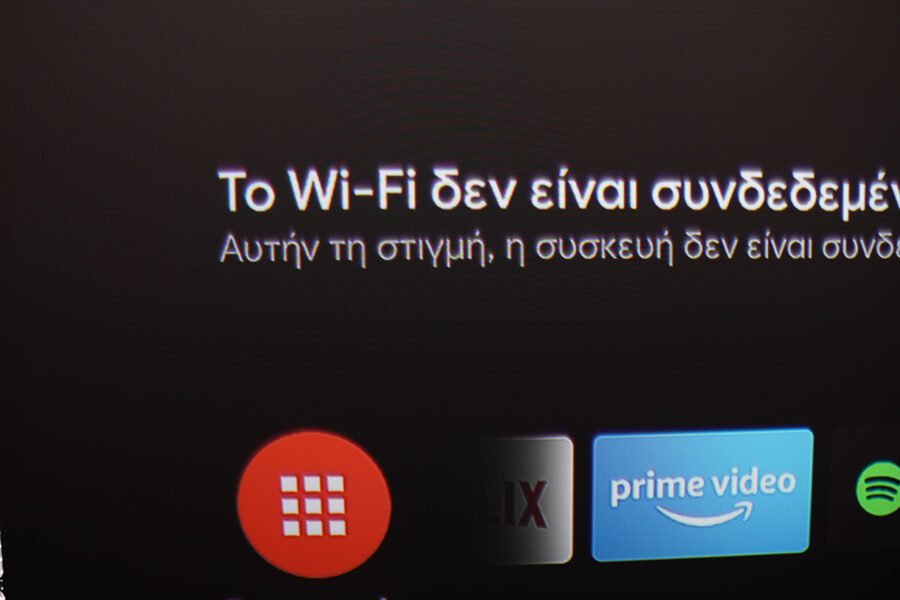









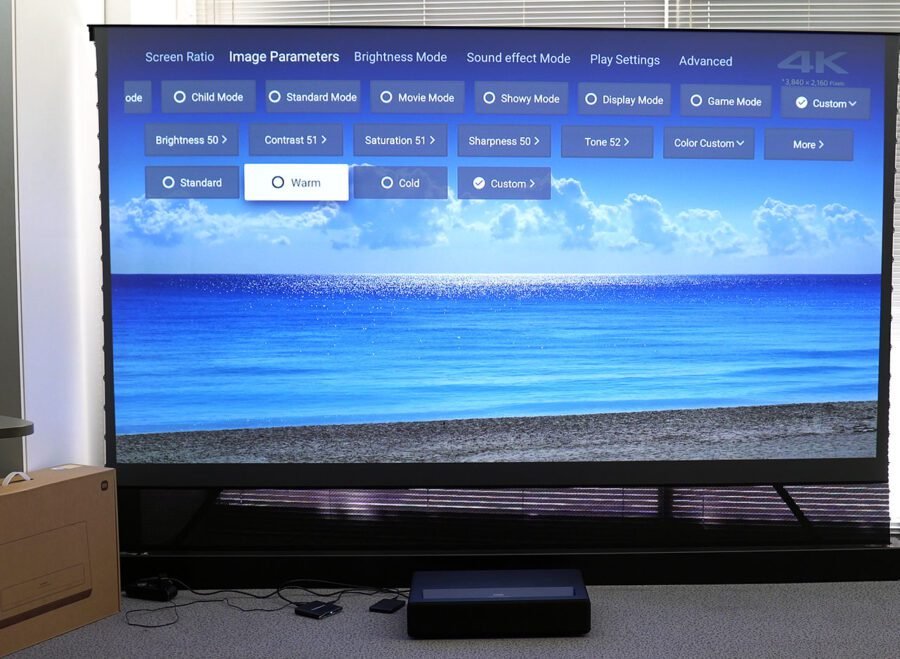
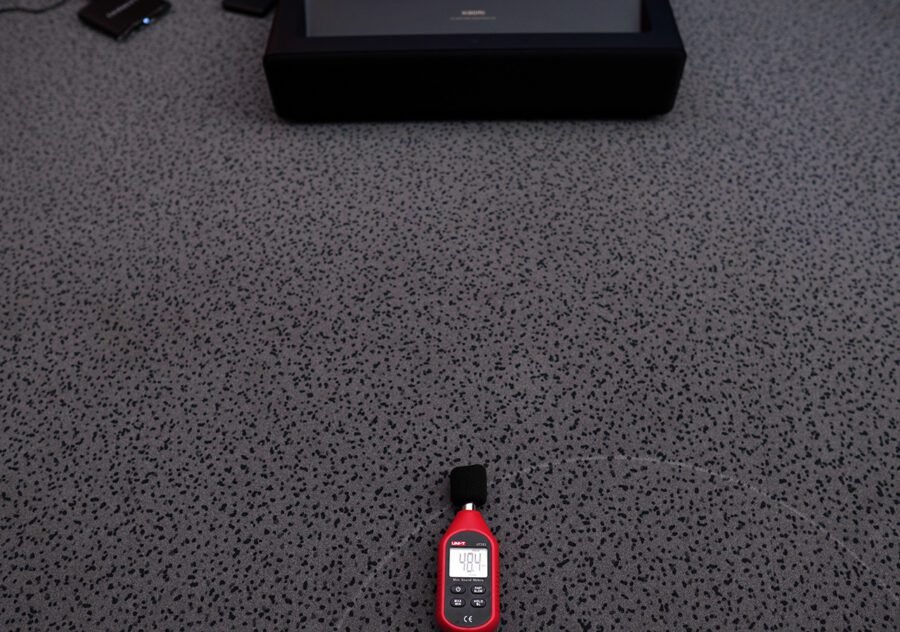





2 Comments
i have one is not working. no power. can you able to fix
Would you know if the Xiaomi Cinema 2 also have the steel plate bending issue like the Xiaomi 4K laser projector?